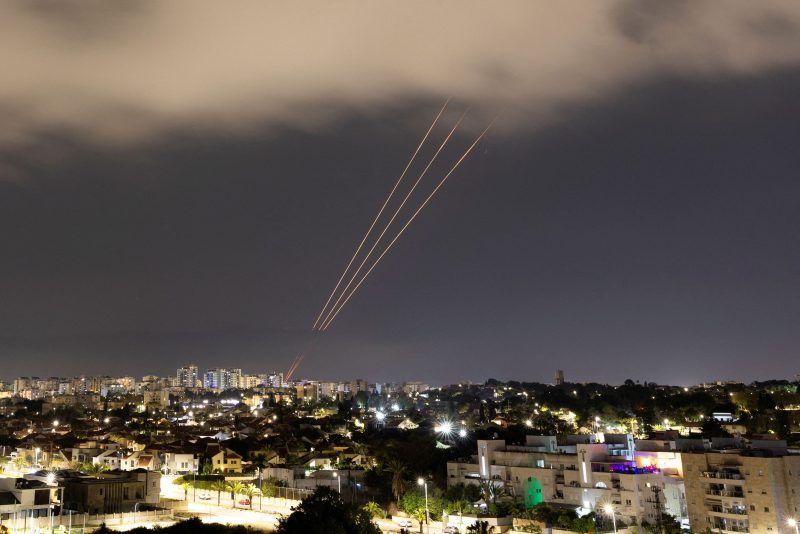The recent escalation of tensions between Iran and Israel has brought about a significant shift in the dynamics of the Middle East. On the heels of Iran launching a massive drone and missile attack against Israel, the region finds itself once again on the brink of a potential military conflict with far-reaching implications.
The attack, which reportedly involved multiple drones and missiles, targeted several strategic locations in Israel, including military bases and civilian infrastructure. The scale and coordination of the assault have raised concerns about the intention of Iran and its allies in the region. Israel, for its part, has vowed to respond forcefully to any further provocations, setting the stage for a possible escalation.
The timing of the attack is particularly notable, coming amidst ongoing negotiations to revive the Iran nuclear deal. The US and other world powers have been engaged in talks with Iran to reinstate the agreement, which would impose restrictions on Iran’s nuclear program in exchange for sanctions relief. However, the latest attack has underscored the challenges of dealing with Iran’s assertive regional ambitions, which extend beyond its nuclear activities.
The incident has also highlighted the growing role of drones in modern warfare. Iran’s use of unmanned aerial vehicles (UAVs) in the attack demonstrates the evolving nature of military technology and the increasing use of asymmetrical tactics by non-state actors. Drones provide a cost-effective and deniable means of conducting precision strikes, posing a significant challenge to traditional defense mechanisms.
The attack has prompted Israel to reassess its security posture and consider potential responses to prevent future threats. Enhancing missile defense systems, improving intelligence capabilities, and coordinating with regional allies are among the measures being considered to counter the evolving threat landscape. Israel’s ability to effectively deter and neutralize such attacks will be crucial in maintaining regional stability.
In conclusion, the recent drone and missile attack launched by Iran against Israel has underscored the complex and volatile nature of the Middle East. The incident has highlighted the challenges posed by Iran’s regional ambitions and the evolving tactics of modern warfare. As tensions continue to simmer, the international community faces a delicate balancing act in navigating the geopolitics of the region and preventing further escalation. The coming days and weeks will be critical in determining the trajectory of the conflict and shaping the future of the Middle East.
